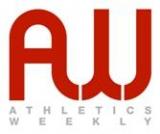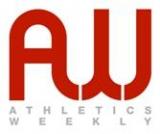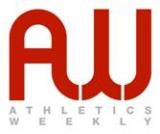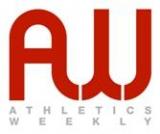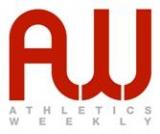Folders |
Correct breathing for athletesPublished by
The first in a four-part series by respiratory physiotherapist Robin McNelis on learning how to breathe correctly as an athlete and how it can improve your performanceBreathing is something we all do naturally and most of us do not think much about it when we exercise we all know that we are meant to get out of puff when we are working hard! However, new research has shown that changing the way we breathe can have a great effect on how we perform. By practicing techniques that respiratory physiotherapists have used with patients for years, we can all gain improvements in our chosen sport. In this series of articles, my aim is to teach readers what can go wrong with breathing, the effects of bad breathing and how changing the way you breathe can help your performance and reduce your risk of injury. There wasn t much wrong with my breathing when I started to prepare for the 2014 Virgin Money London Marathon, but after employing these techniques I produced my fourth PB in a five-week period, after none in the previous four years. SymptomsMany of the symptoms people experience when they breathe poorly are similar to asthma and the techniques I will teach you about can help both asthmatics and those who have simply got into bad breathing habits.
If you have been struggling with your breathing during exercise, it is a good idea to visit your GP to have Lung Function Testing to discover if you have asthma or any other lung condition. If the results are all clear, it is possible that you may have one of the following: Exercise induced hyperventilation Hyperventilation simply means you are breathing more than your body physically requires. It can happen at rest or during exercise and can be quite subtle rather than a panic attack. It can also be short-lived (acute episodes) or can be there all the time (chronic). Typical symptoms include chest tightness, wheeze, tingling fingers and dizziness. During hyperventilation, carbon dioxide levels are effected (rather than oxygen directly) resulting in tightening of the airways and blood vessels and making it difficult for the oxygen to travel from the blood to the muscles and other tissues. This means your body works less efficiently, you tend to feel tired more easily and your muscles often feel the burn” much earlier than they should do. Dysfunctional breathing pattern This is a biomechanical problem and it means that you are not using your breathing muscles correctly. Most commonly, this means the neck and shoulder muscles are the dominant muscles of breathing rather than the diaphragm (the large dome shaped muscle that sits under your ribs just above your abdomen), which is designed to be the main muscle of breathing at rest and during low to moderate levels of exercise. The typical symptoms reported for this problem are feeling much more short of breath than you should and many aches and pains around the neck, shoulders and upper chest. Both of these problems can be rectified by breathing retraining either through self-help methods or under the care of a suitably qualified respiratory physiotherapist.
You may find it helpful to take the Nijmegen questionnaire which is a screening tool of symptoms for hyperventilation (a score of 23 or more is positive) or dysfunctional breathing pattern (scoring highly in three or more symptoms suggests a problem). In the next article, I will explain about how to know if you have good or bad breathing and what can go wrong with your breathing during exercise. Why not take the Nijmegen questionnaire and see how you score in preparation for the coming articles? Remember, that even if there is no apparent problem with your breathing, you can still benefit from many of the techniques to strengthen your breathing in the way you may do squats, core exercises, Swiss ball work or basic sit-ups to improve your performance. Next article in the series: good and bad breathing Robin McNelis is a chartered physiotherapist specialising in cardiac and respiratory physiotherapy at Wellington Hospital in London. He is a qualified athletics coach and runs his own health, fitness and wellbeing consultancy, Run Robin Run. See runrobinrun.com or email [email protected] The post Correct breathing for athletes appeared first on Athletics Weekly. Read the full article at: www.athleticsweekly.com
More news |

